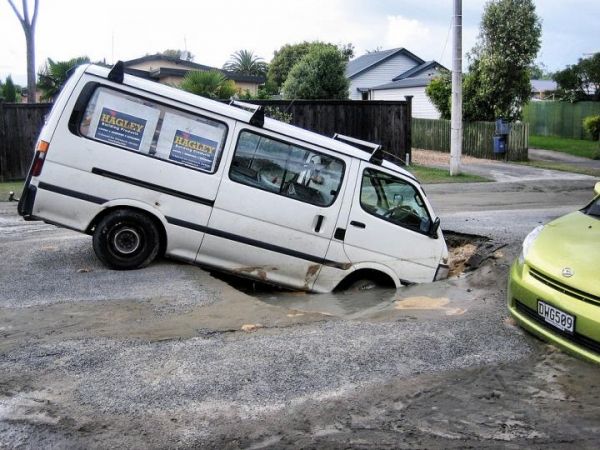Our homes and offices are only as solid as the ground beneath them. When that solid ground turns to liquid — as sometimes happens during earthquakes — it can topple buildings and bridges. This phenomenon is known as liquefaction, and it was a major feature of the 2011 earthquake in Christchurch, New Zealand, a magnitude 6.3 quake that killed 185 people and destroyed thousands of homes.
An upside of the Christchurch quake was that it was one of the most well-documented in history. Because New Zealand is seismically active, the city was instrumented with numerous sensors for monitoring earthquakes. Post-event reconnaissance provided a wealth of additional data on how the soil responded across the city.
"It's an enormous amount of data for our field," said post-doctoral researcher, Maria Giovanna Durante, a Marie Sklodowska Curie Fellow previously of The University of Texas at Austin (UT Austin). "We said, ‘If we have thousands of data points, maybe we can find a trend.'"
Read more at: University of Texas at Austin
Sink holes and liquefaction on roads in Christchurch, New Zealand after 2011 earthquake. (Photo Credit: Martin Luff, CC BY-SA 2.0, via Wikimedia Commons)


